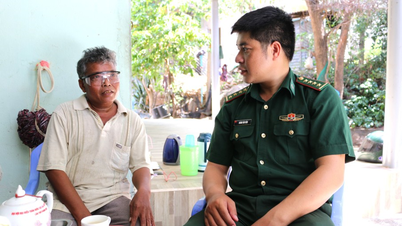Destructive arthritis occurs mainly in people with psoriatic arthritis or rheumatoid arthritis, causing bone loss, changing the shape of the joint.
Degenerative arthritis (severe deforming arthritis) is a rare form of arthritis that causes severe damage to joints and bone tissue. This form of arthritis primarily affects the joints in the hands and feet. Severe inflammation damages the bone and soft tissue in the affected joint, which can lead to bone loss, problems with movement, and changes in the shape of the joint.
Destructive arthritis can occur on its own, but it occurs most often in people with psoriatic arthritis (PsA) or rheumatoid arthritis (RA). About 5% of people with psoriatic arthritis develop destructive arthritis. The rate is lower in people with rheumatoid arthritis.
Both PsA and RA are long-term, progressive autoimmune diseases that cause inflammation throughout the body, especially in the joints. Autoimmune diseases occur when the immune system malfunctions and attacks healthy cells. If left untreated, both PsA and RA can lead to joint damage.
The main symptom of destructive arthritis is severe bone destruction, causing the area to become abnormally shaped and limiting movement. The condition worsens over time at different rates for each person. If not treated effectively, destructive arthritis can lead to severe bone loss in the hands and feet. This can occur in late-stage PsA and RA.
Destructive arthritis can change the shape of the fingers or toes by fusing or wearing away as the affected joints become affected, leading to loss of function in the joint. This type of fusion is called ankylosis.

Destructive arthritis causes severe damage to bone tissue, resulting in abnormally shaped hands and feet. Photo: Times of India
Although destructive arthritis often arises as a result of the progression of RA or PsA, its symptoms can also develop in people with other diseases. Reports have described destructive arthritis symptoms in people with idiopathic arthritis such as juvenile idiopathic arthritis, multicentric reticulocytosis, and systemic lupus erythematosus.
To detect the disease, medical professionals often consider the destruction of bone and joint tissue as a diagnostic sign. In addition, assessing the underlying disease that led to this condition is important in developing a treatment regimen.
In addition to prescription medications, as with many forms of arthritis, physical therapy is another important part of treatment for patients. In severe cases, doctors may recommend surgery to repair bone and tissue damage caused by destructive arthritis, such as bone grafting or joint fusion surgery. However, because this is a rare condition, experts need to study the effectiveness of these procedures in treating the disease further.
Nhu Y ( According to Medical News Today )
Source link



![[INFOGRAPHIC] Galaxy Z Fold7: Samsung's cutting-edge technology leap](https://vphoto.vietnam.vn/thumb/1200x675/vietnam/resource/IMAGE/2025/7/30/2fced87d84e54fb6afaee83be89735c1)























![[Photo] National Assembly Chairman attends the seminar "Building and operating an international financial center and recommendations for Vietnam"](https://vphoto.vietnam.vn/thumb/1200x675/vietnam/resource/IMAGE/2025/7/28/76393436936e457db31ec84433289f72)









































































Comment (0)